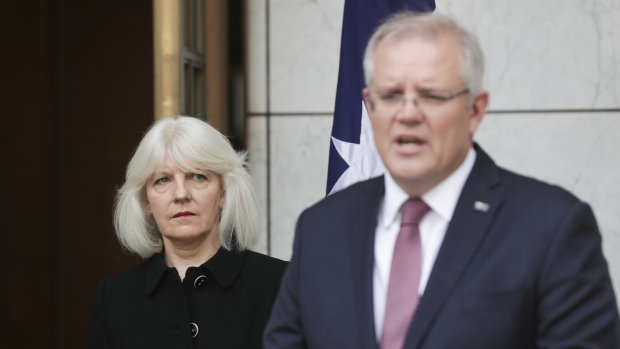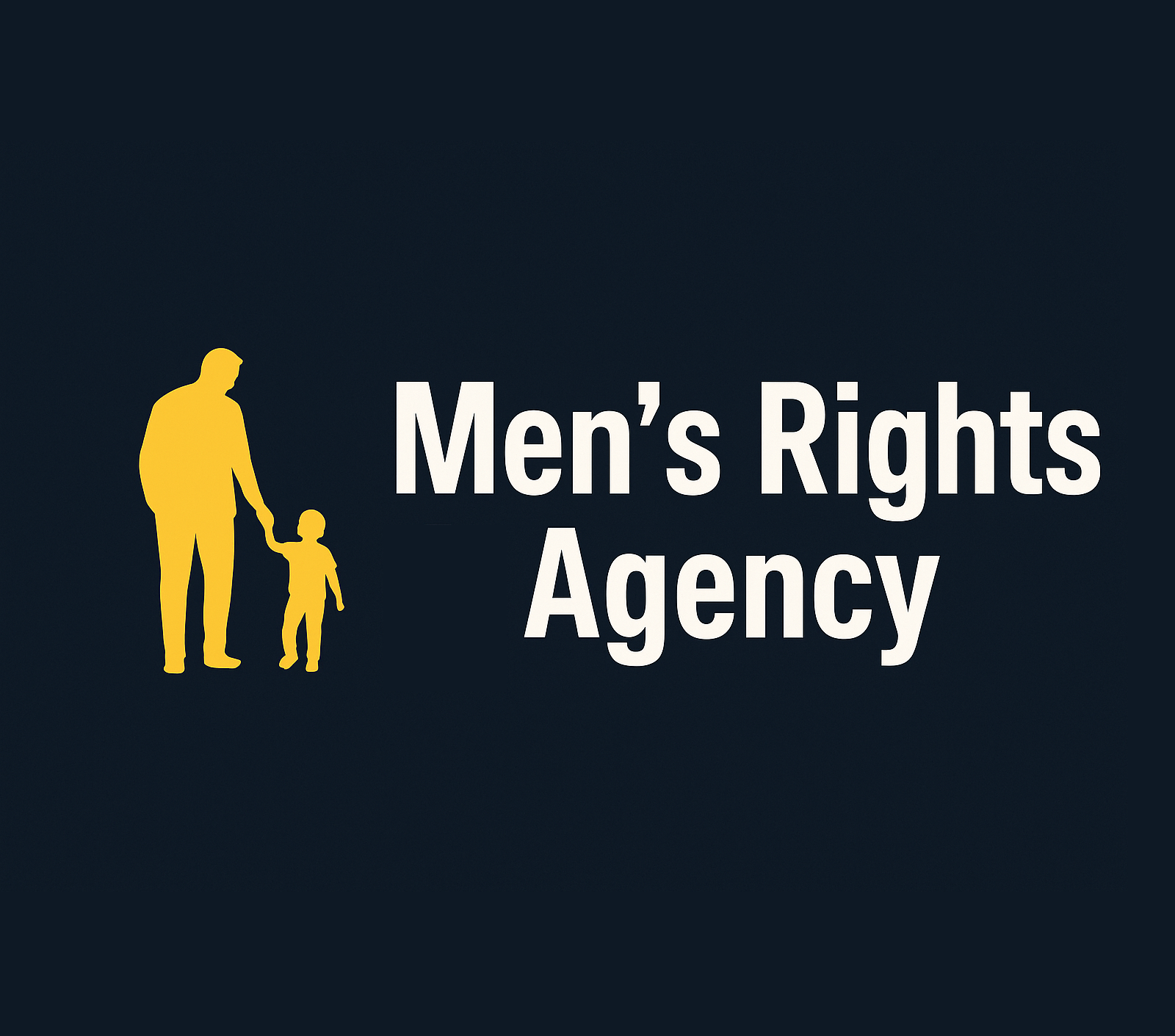The suicide rate is increasing as more middle-aged men take their lives, but there is little research into the major cause: family breakdown.

And although the overall highest rate is among men aged 85 or over (32.9 per 100,000), the next highest is middle-aged males (45-59) at 27.8. This is also where the biggest increase is occurring.
Compare this with the murder rate, at less than 1.0 per 100,000 and declining for decades, or the 1135 deaths from road accidents (5.6 per 100,000 people), also trending down. Suicide by males is a national tragedy, killing more men than the combined total of women who die from breast and cervical cancer.
As a libertarian I believe we have a right to decide when to end our own lives, with or without assistance. Given the outlook for quality of life, perhaps it is understandable that the suicide rate among over 85s is so high; it’s an option I reserve for myself. And yet, men in this age group are seven times more likely than women of the same age to kill themselves.
Australia is not unique in this. The suicide rate in America in 2018 was 14.2 per 100,000 and also rising. Men similarly account for nearly three-quarters, with the 45-64 age group highest after the over 85s. More than three-quarters of gun deaths in the US, about which we hear so much, are suicides.
None of this is news; indeed, there are multiple government initiatives intended to address it. Suicide Prevention Australia has been in existence for 25 years and the 2019 budget allocated $461 million to youth mental health and suicide prevention. Since last July we have even had a National Suicide Prevention Adviser reporting directly to the Prime Minister to “drive a whole-of-government approach to suicide prevention activities”.
The problem is that nobody really understands the causes, which makes it difficult to solve. About all we can say with confidence is that current measures are not working, no matter how often they are tried in expectation of a different result.
Suicide is still being treated as if men and women are no different while assumptions about mental illness remain pervasive, both contrary to the evidence. When announcing the National Suicide Prevention Adviser, the Prime Minister nominated “veterans, Indigenous Australians and young people” as being most at risk, with not a word about middle-aged blokes, and said about 80 per cent of people who took their own lives had mental health issues. Not true.
To be fair, he has later acknowledged that “family and relationship breakdown is one of the prime causes of suicide”, and Suicide Prevention Australia is now talking less about mental health. But still, last year it made six research grants which all went to female researchers, not one of which addressed male suicide. And in the ultimate insult, the Way Back service that Movember (the fundraising campaign based on men growing a moustache) funded and pioneered in partnership with Beyond Blue helps more women (60 per cent) than men.
Meanwhile, organisations that support men during episodes believed to predispose to suicide, such as relationship break-up, loss of children, false allegations of violence, unemployment and loss of homes and assets, languish for lack of support. And it certainly doesn’t help that men are demonised for toxic masculinity, domestic violence, male patriarchy, the gender pay gap and sexist discrimination.
This is an issue on which quiet Australians need to speak out. It is a problem, it is out of control, and it will get worse over the next couple of years.


